Some people really love to run; some don’t. For those who do, running is so much more than just getting in a few miles to check “workout” off the list. It can be a social hour and a stress reliever; it can be therapeutic, present a challenge to take on, and help people step away from the mundane routine of waking up, going to work, coming home, and repeat!

Now for those who do not enjoy it, when you see all the promotions to sign-up to race you think, “Why on earth would I want to pay to run 13.1 or 26.2 miles? I don’t even want to bike or drive that far; why would I run that far?” Let me share with you five motivations to consider giving it a shot.
- Raise money for a charity: This has grown in popularity over the last five years or so and is a great reason to sign up for a half or full marathon. If for no other reason at all, find your favorite charity, get some people to sponsor each mile you run, and when you finish you can joyfully donate that money to the charity of choice. I can’t think of any better reason to put in time than to do it for a cause or in memory of someone.
- Inspire others: Others are always watching each of us, whether or not we realize it. Maybe it’s your kids, your spouse, or your best friend, but someone out there admires you. By turning your focus from yourself outward, you may inspire someone to do something that they thought was virtually impossible.
- Stretch your limits: When is that last time you really pushed to see just how much you could do? If you have not experienced a full or half marathon, trust me when I say it can really stretch your limits. Maybe running this distance is something you have never imagined yourself doing. I assure you, you will run all the way to the point that you thought you could go, and then you’ll run right past it! Training for a distance race will absolutely push your limits, but it will also leave you feeling a huge sense of accomplishment afterward.
- Meet new people: It’s really fun to be part of the running community. Training for an event like this takes a great deal of time and effort, and I can assure you that you will make some lifelong friends in a running group. Seriously, try it; next thing you know you will be traveling to other states to run together!
- Learn your body’s capabilities: Sometimes we think we have hit the peak of what we can do, and we really understand what our bodies can physically handle. I challenge you to try running a half or full marathon. You will define new boundaries of what you are capable of. It’s truly amazing to think about what the body can sustain through training when done properly.
I hope that something on this list has hit home for you. Take a step past what you always thought was impossible or maybe just not very smart, and get yourself signed up for a race. We would love to have you come and train with us, too!
This blog was written by Amanda Bireline, Fitness Center Manager. To read more about the NIFS bloggers, click here.

 Can you remember preschool when the teacher would turn down the lights and break out the cots? Nap time! You might not have had that exact experience, but as humans we are prone to napping. In our go-go-go life, time is money. To society, sleeping during the day is seen as a luxury that we cannot provide ourselves, and is usually thought of as a sign of laziness.
Can you remember preschool when the teacher would turn down the lights and break out the cots? Nap time! You might not have had that exact experience, but as humans we are prone to napping. In our go-go-go life, time is money. To society, sleeping during the day is seen as a luxury that we cannot provide ourselves, and is usually thought of as a sign of laziness.
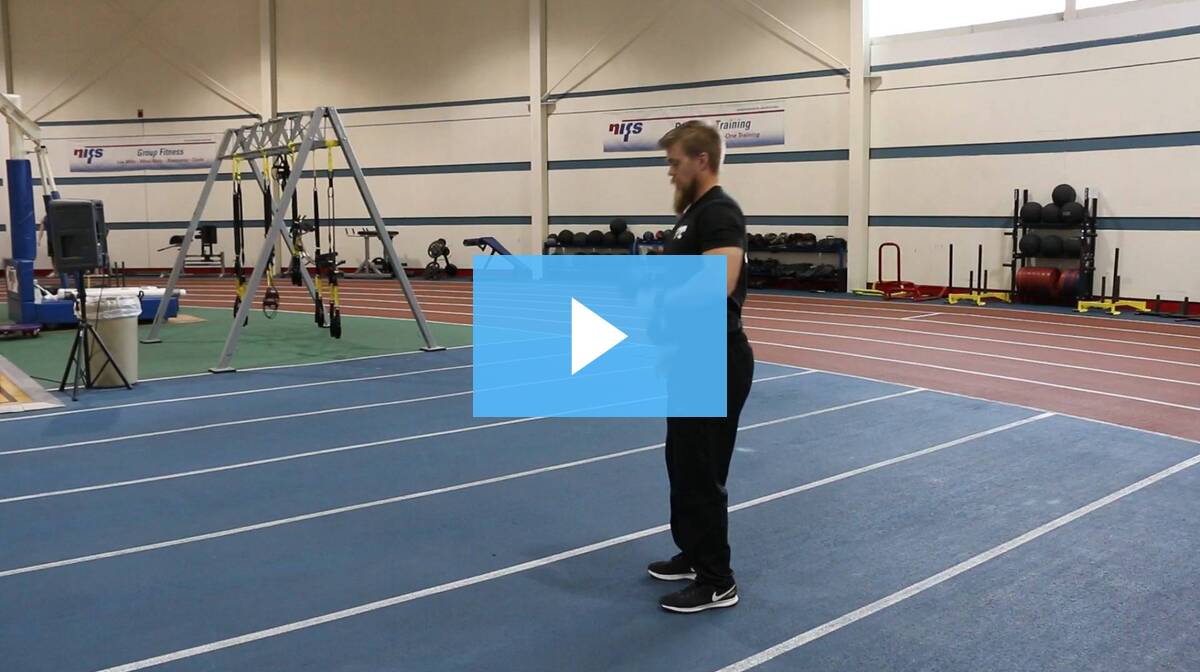
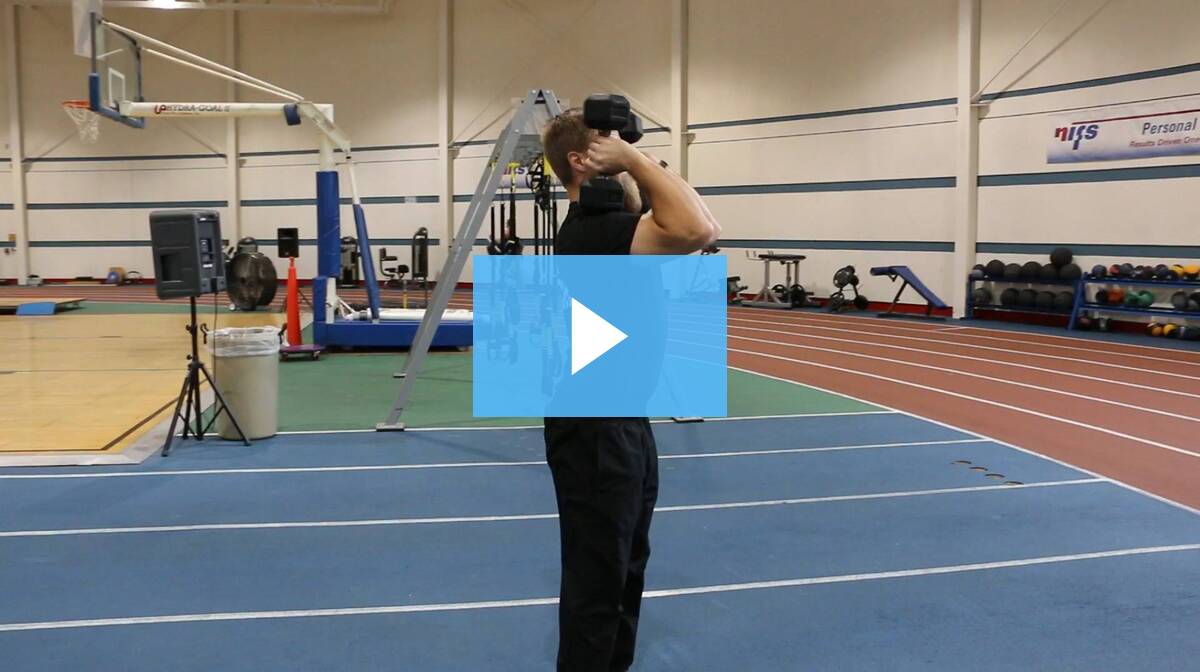
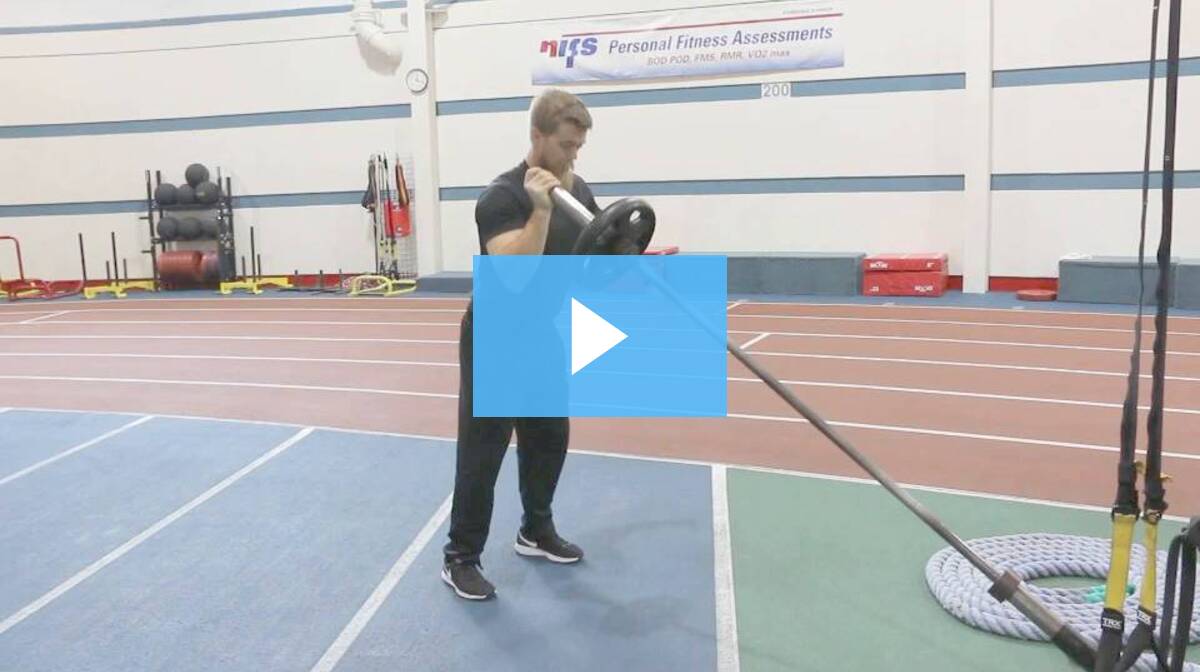
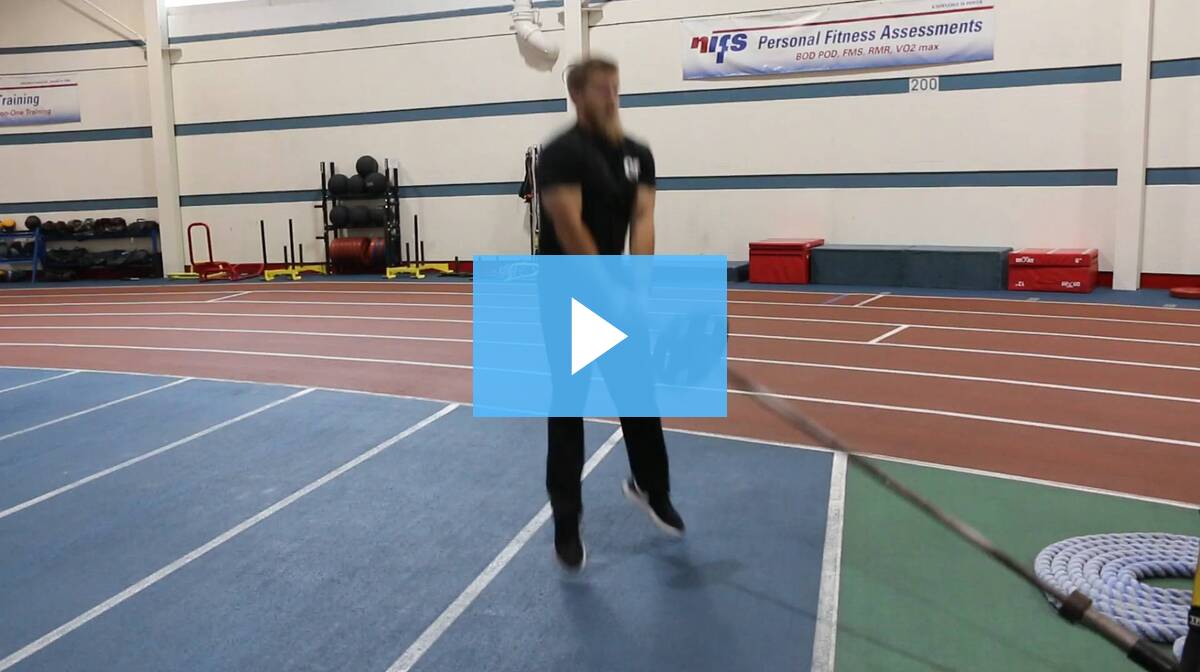
 One of my favorite things to do during summer in Indiana is to visit the various farmers’ markets around the Indianapolis area. As a dietitian I am a sucker for the fresh fruits and veggies, but I also love the homemade desserts, candles, pasta, kettle corn, fresh flowers, and other wonderful items you can find.
One of my favorite things to do during summer in Indiana is to visit the various farmers’ markets around the Indianapolis area. As a dietitian I am a sucker for the fresh fruits and veggies, but I also love the homemade desserts, candles, pasta, kettle corn, fresh flowers, and other wonderful items you can find.
 In my
In my 
 Who would you recommend this training program for?
Who would you recommend this training program for? When it comes to working out, I have always been the “faster, harder, stronger, better” type. If I’m not going to sweat and feel like I’ve accomplished something, what’s the use? As such, I never put much stock in mind/body classes. What could that type of exercise possibly offer that I wasn’t getting through my intense cardio and/or strength training sessions?
When it comes to working out, I have always been the “faster, harder, stronger, better” type. If I’m not going to sweat and feel like I’ve accomplished something, what’s the use? As such, I never put much stock in mind/body classes. What could that type of exercise possibly offer that I wasn’t getting through my intense cardio and/or strength training sessions?  So the ultimate question is, what specifically can you expect when you walk into the NIFS Group Fitness Studio shortly before 5pm on Wednesdays? You can expect a low-impact entire-body workout that flows nonstop for 50 minutes to upbeat, current, familiar music. You can expect careful instruction on form. You can expect an occasional self-assessment on strength and flexibility. And, even though this is not a cardio class, you can expect to sweat! Mats will always be used, and often you will be instructed to grab a small piece of equipment (small weighted balls, light dumbbells, springloaded rings, small towels, and exercise bands are commonly used). Shoes are optional. Let the instructor know if you have any injuries.
So the ultimate question is, what specifically can you expect when you walk into the NIFS Group Fitness Studio shortly before 5pm on Wednesdays? You can expect a low-impact entire-body workout that flows nonstop for 50 minutes to upbeat, current, familiar music. You can expect careful instruction on form. You can expect an occasional self-assessment on strength and flexibility. And, even though this is not a cardio class, you can expect to sweat! Mats will always be used, and often you will be instructed to grab a small piece of equipment (small weighted balls, light dumbbells, springloaded rings, small towels, and exercise bands are commonly used). Shoes are optional. Let the instructor know if you have any injuries.  Here are four exercises you should do if you don’t have time to do your usual routine:
Here are four exercises you should do if you don’t have time to do your usual routine: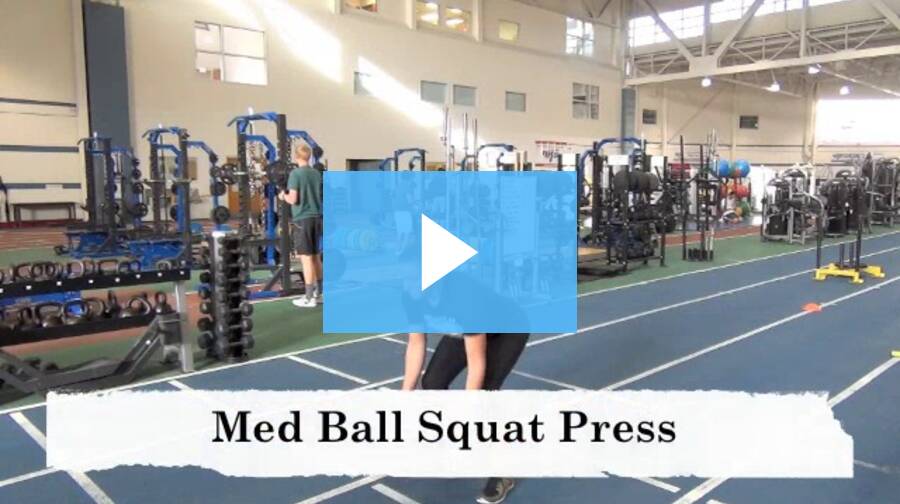
 A few summers back, I spent 5 fantastic days in Maui with my wife and her family, and as you can probably imagine, I had the best time of my life there! I have been so lucky to be included on my wife’s family vacations and have had the opportunity to visit some amazing places, each one better than the last. For that, I am extremely thankful!
A few summers back, I spent 5 fantastic days in Maui with my wife and her family, and as you can probably imagine, I had the best time of my life there! I have been so lucky to be included on my wife’s family vacations and have had the opportunity to visit some amazing places, each one better than the last. For that, I am extremely thankful!